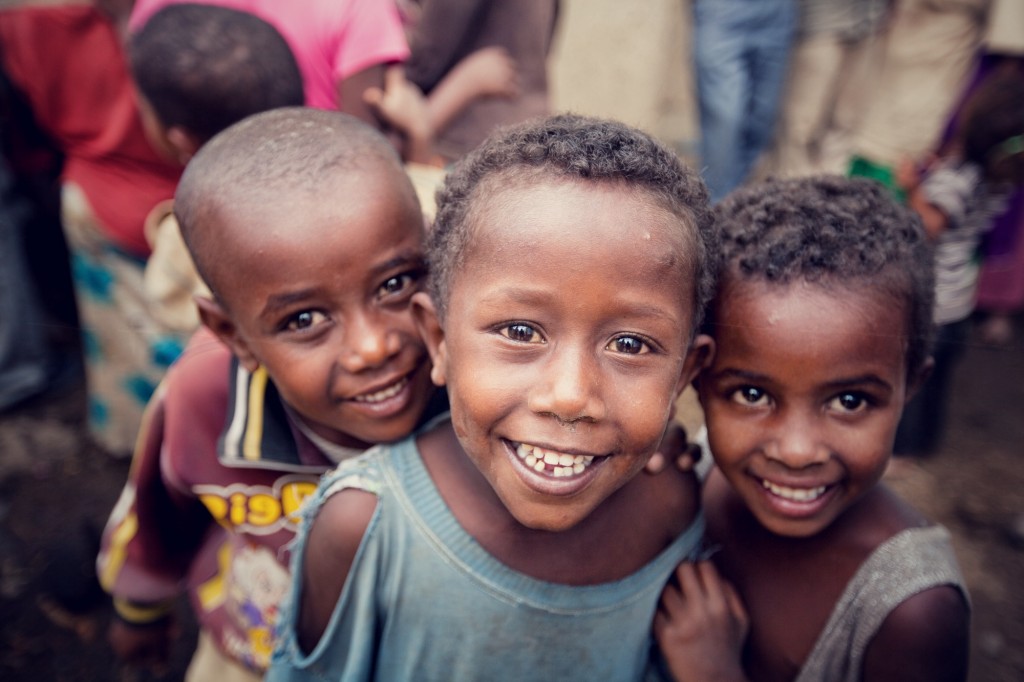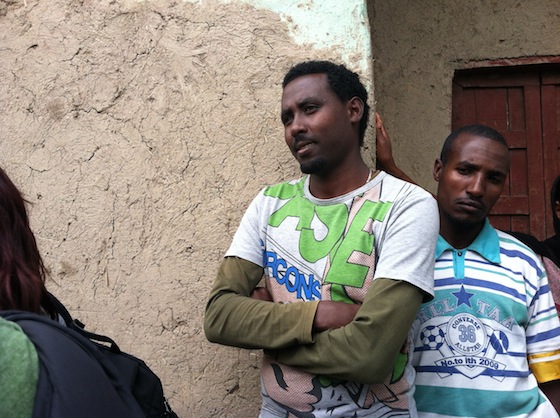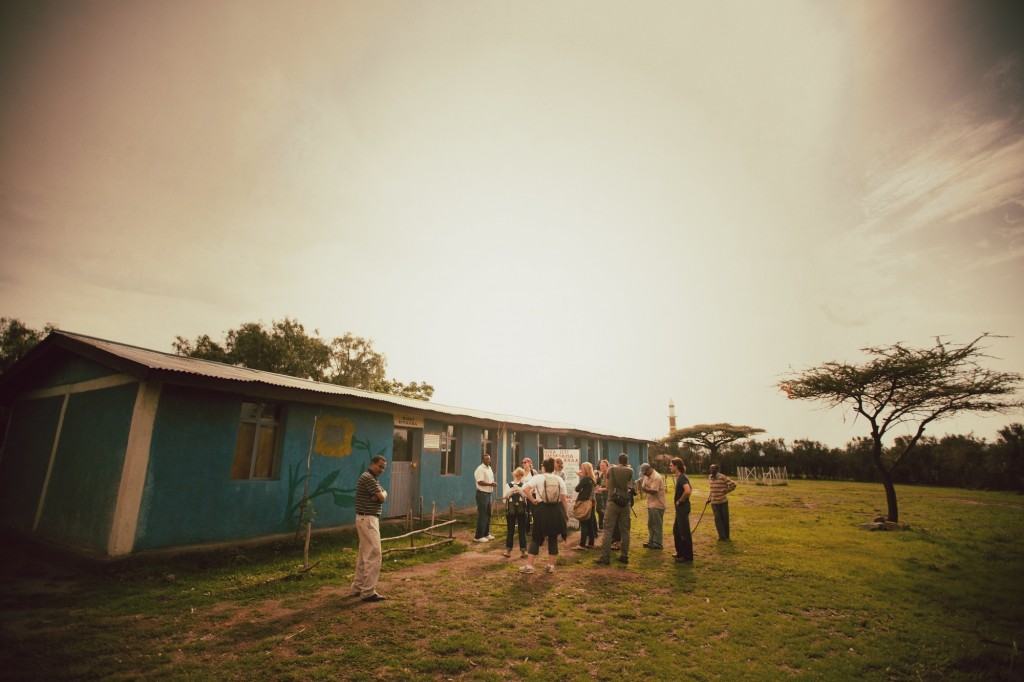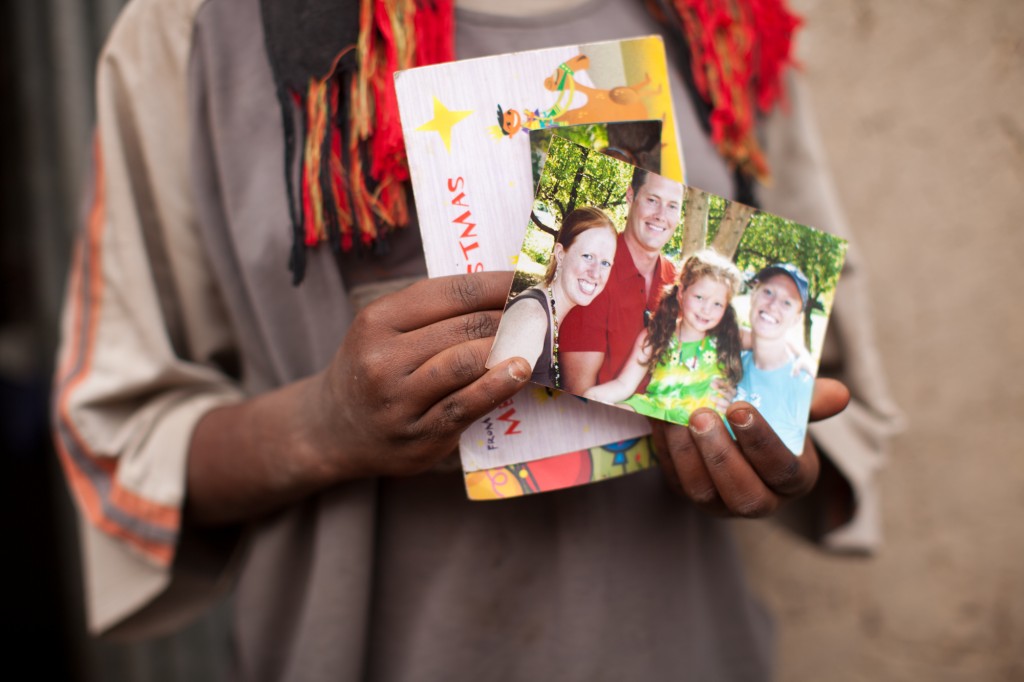Last summer I heard Brian Fikkert, one of the authors of When Helping Hurts: Alleviating Poverty Without Hurting the Poor…And Yourself, speak {his co-author Steve Corbett is a former regional director for FH}. During the session, Fikkert touched on the differences between relief and development. Here are a few notes I took from his talk
Development: The process of ongoing change that is moving people closer to being in right relationship with God, self, others, and the rest of creation. Development is not done to people or for people, but WITH people. The key dynamic is promoting an empowering process.
The vast majority of organizations do relief. Yet the vast majority of people in the world are in need of development. One reason organizations opt for relief work is that donors like quantitative, measurable, material things. Donors don’t typically want to hear about relationships. Once the relationships are in place, the rest is just the details.
Two Important Keys to Development: Avoid paternalism, habitually providing resources or assuming tasks a person can provide or do for themselves. Asset-Based Development – Identify what is there. Focus on what is there. Mobilize what is there. Focuses on the capabilities, skills and resources of the person or community. For more notes from Fikkert’s session click here.
The more I learn about Food for the Hungry‘s work in Ethiopia the more I understand that this is an organization that does things right. They do real development {the hard kind} and are working with people to transform lives and eradicate poverty.
Four Things I Appreciate About The Way FH Works:
FH’s work is child-focused. FH has a Child Focused Community Transformation model which means that it assesses the health of a community by looking at the health of the community’s children. While FH works throughout a community, the organization’s introduction and key interfaces is through the children.
FH believes in relationships. This is Abraham. He is an FH social worker who serves 200 children and their families. But he loves each one of them like they are his family. How do I know this? Because I heard one of the 200 children he serves {and their mother} say he was like a father and mother to them. A father and a mother to 200 kids. Now that is an important job. But it speaks to the level of intimacy FH has with the communities it works.
FH assesses the assets and needs of a community and implements programs to best meet their needs and maximize their strengths. Child sponsorship funding allows FH to be more holistic in their approach. Your sponsorship helps lift up an entire community. Today I heard about FH’s Reforestation, Agriculture, Advocacy, Education, Hygiene, Malaria & HIV/AIDS Education and Prevention, and Food Security Programs, all that help serve the needs of children in the communities in which it works. This is a school library that FH was instrumental is helping rebuild so children would have access to books.
And most importantly, FH empowers those in need. Today we met 13-year old Teresa that merits her FH sponsorship with giving her hope the future. One day, after she finishes school, she wants to be a doctor. When asked why others should sponsor kids through FH, she said because there are tons of kids in her community that deserve to have an education. And Teresa is right.
So please consider sponsoring a child through FH. It can make all the difference in the world not only for a child, but for its family, and its community. And if you let it, it will make all the difference in the world for you.













Please note: I reserve the right to delete comments that are offensive or off-topic.